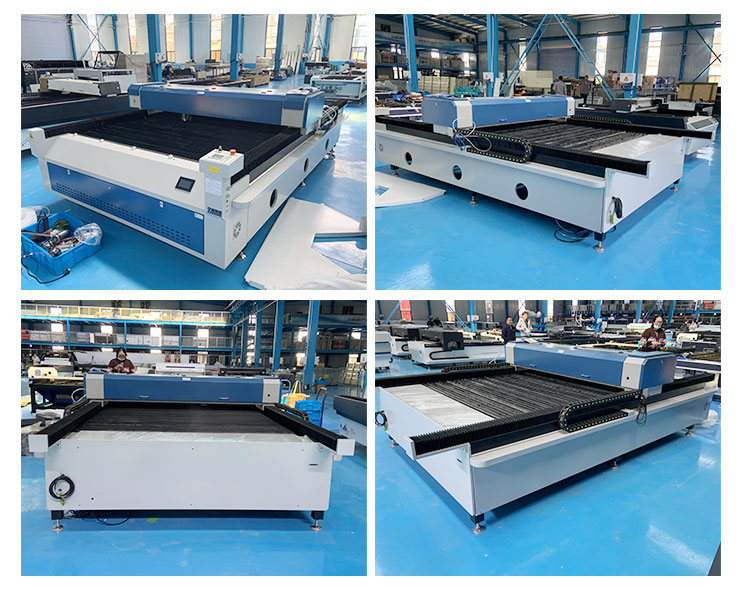Solid state lasers appear in the form of fiber or disc lasers, with power levels similar to carbon dioxide lasers. The name of a fiber laser is determined by the laser active medium, in which case it is a glassy or crystalline solid in the form of fibers or discs.
In a carbon dioxide laser, the laser beam is guided through the beam path through optical devices, while the fiber laser beam is generated in the active fiber and guided to the cutting head of the machine through the transmission fiber. One of the key differences, apart from the laser medium itself, is its wavelength.

The laser wavelength of a fiber laser is about 1 µ m, while that of a carbon dioxide laser is 10 µ m. Fiber lasers have shorter wavelengths and higher absorption rates when cutting steel, stainless steel, and aluminum. A higher absorption rate means less heat is generated in the processed material, which is certainly a positive attribute.
CO2 technology is the ideal choice for versatile players who process various materials and thick metal plates. On the other hand, fiber laser cutting systems can process a range of sheet thicknesses from thin to thick, including materials such as steel, stainless steel, and aluminum, to non-ferrous metals (copper and brass).
The advantage of CO2 laser lies in its cutting quality in thick steel (low-carbon steel). On the other hand, fiber lasers have high cutting speeds and low operating costs per hour. Fiber laser requires much less energy than carbon dioxide laser, and its electrical efficiency is as high as 5 times. More importantly, the beam path of fiber lasers is simpler. Another major benefit is that it occupies a more compact area.

